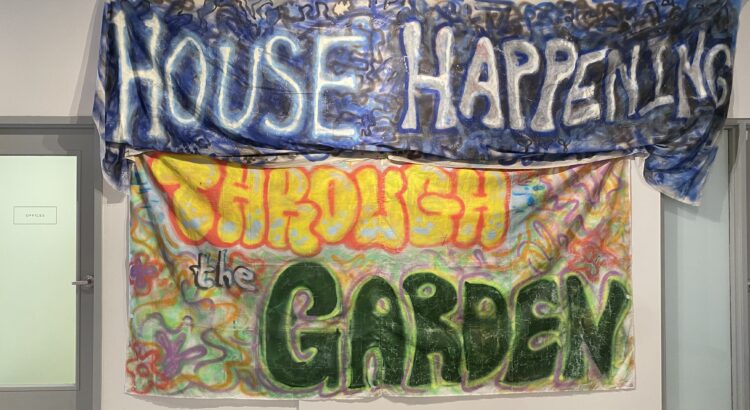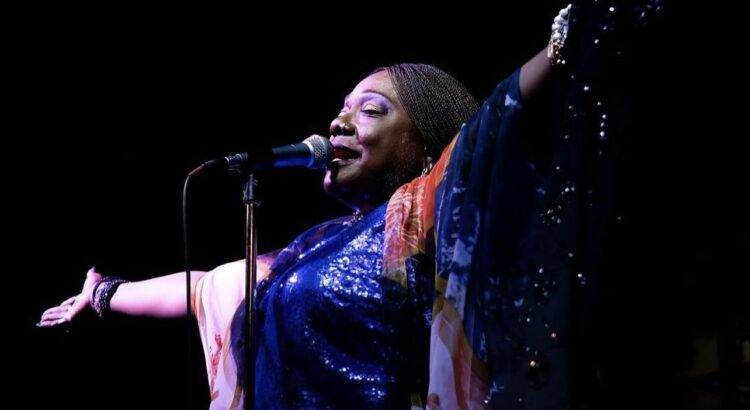Last Wednesday, I went to The Ark as a fan of the opener and left with a newfound appreciation for live music. Singer-songwriter and multi-instrumentalist John Splithoff brought his signature charisma and soaring vocals, filling the venue with energy and soul.
Splithoff, who first rose to fame in 2016 with his hit “Sing to You,” released his newest album, Far From Here, this March. A reflection on the chaos of a busy, ever-changing life, the album drew many first-time concert goers to The Ark, something Ark staff confirmed with a quick show of hands.
What drew me, though, was opener Evann McIntosh. After going viral in 2019 with the dreamy track “What Dreams Are Made Of,” the now-21-year-old has only sporadically released new music. At the Ark, they and their guitarist performed mostly unreleased material. Personally, I am now looking for it to be officially released; there were several songs I would love to add to my playlist. Despite a few awkward pauses between songs, McIntosh’s buttery-smooth vocals kept the audience engaged. A clear standout was “Blue Movie Magic,” their newest single, released just a week prior.
McIntosh’s chill, groovy R&B set made for a smooth transition before Splithoff and his three-piece band kicked things into high gear. He burst on stage to roaring applause, dancing his way to the mic. Though not his first time at the Ark, it was his first performance there since releasing “Far From Here,” and he was back with a vengeance.
There are moments when you’re reminded that some artists simply love music — and Splithoff embodied that joy. You could tell that he was having the time of his life up on stage, flexing his musical chops and showing off his talent. Between impressive vocal riffs and leading crowd call-and-responses, he effortlessly switched between guitars and keyboard, never missing a beat or a note.
But Splithoff made sure that his band also had their time to shine, with solos from the drums and keyboard alongside backing vocals from the bassist.
His set mixed fan favorites with new tracks, including a beautiful moment during “Kyoto Snow” when he asked the crowd to light up the room with their phone flashlights. The performance revealed his stylistic range, flowing from soulful ballads to upbeat, synthy pop. He even worked in a few Ann Arbor-specific ad libs, nodding to the city, the popcorn in the crowd, and Midwestern family values.
One of the most charming moments came during a story he shared while seated at the keyboard. Earlier that day, he ran into two fans in line at Frita Batidos, an Ann Arbor staple, who had driven from Canada just to see him. They asked him to play “Steady,” and he did. After closing with his biggest hit, “Sing to You,” he returned for a heartfelt encore and played another fan request, “Paris.”
Splithoff lit up The Ark, making the small venue feel expansive and electric. His return to Ann Arbor marked both a milestone in his career and a true celebration of live music.John Splithoff is touring with Evann McIntosh through May.











